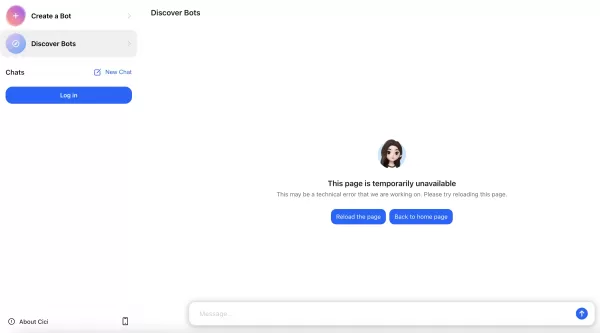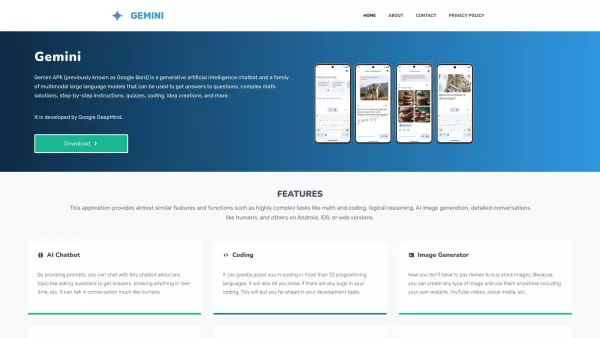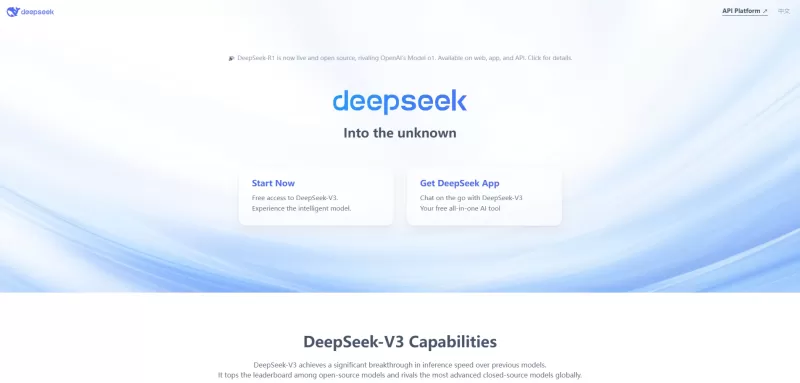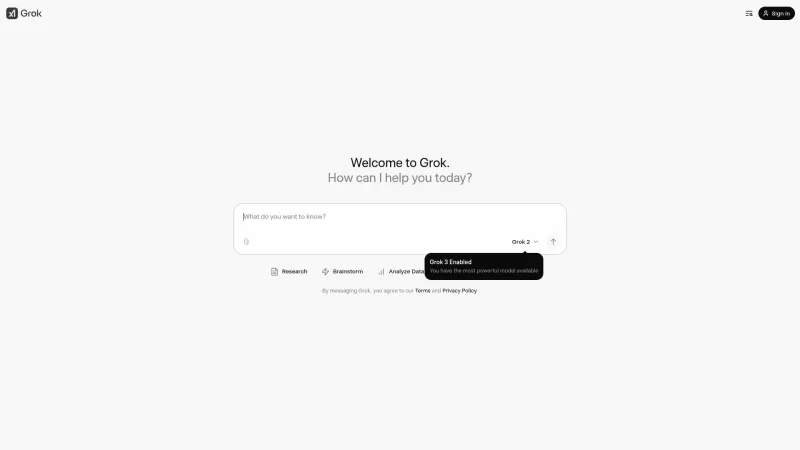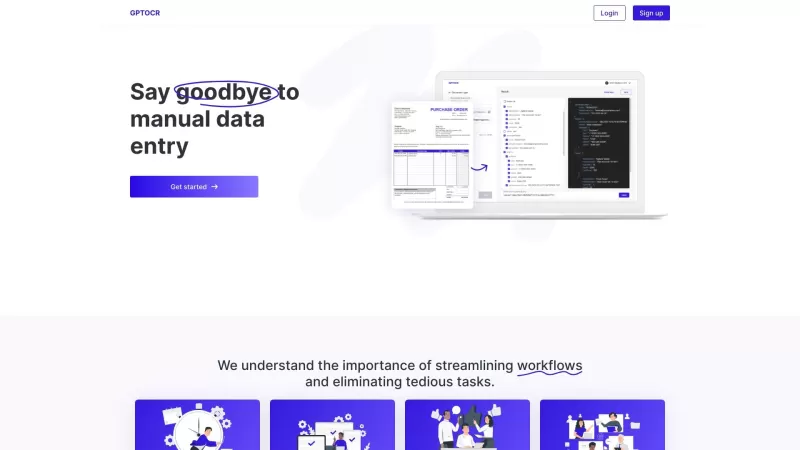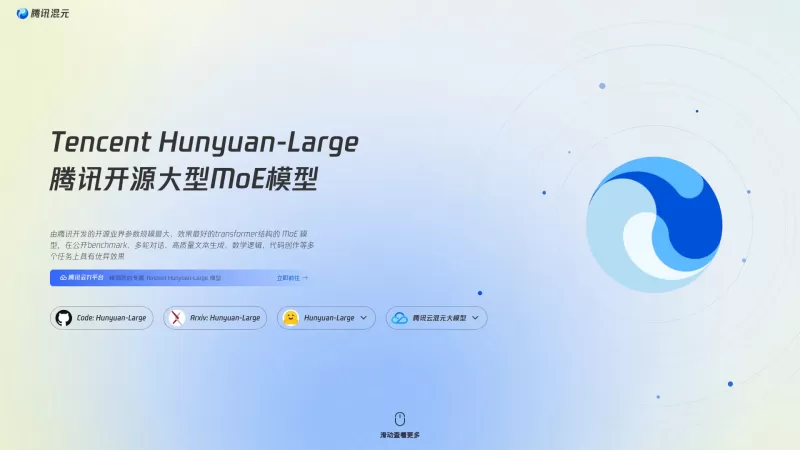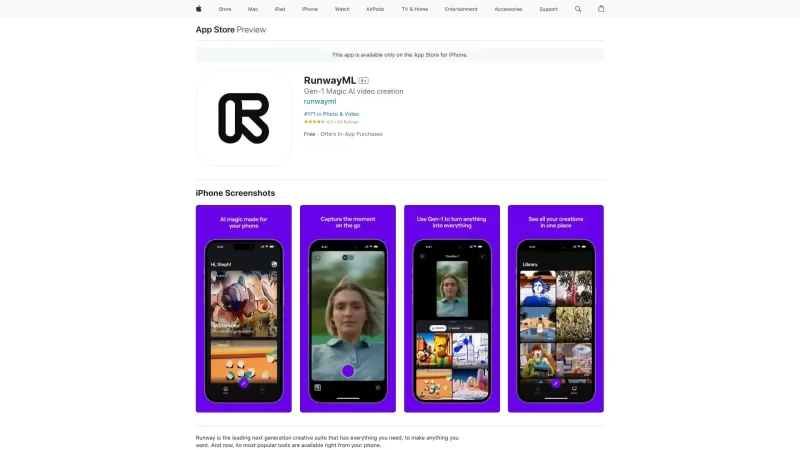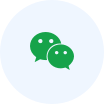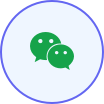AI-Powered UX Design: Shaping the Future of User Experience
The realm of User Experience (UX) design is experiencing a profound transformation, fueled by the rapid evolution of Artificial Intelligence (AI). Far from a distant vision, AI is now a cornerstone of the UX design process, redefining how user-focused interfaces are crafted. This shift opens new doors for designers while requiring fresh skills and adaptability. This article explores the future of UX design in the AI era, highlighting essential tools, critical skills, and their impact on the design landscape. Are you ready to embrace AI’s potential in UX design? Let’s explore!
Key Takeaways
AI is reshaping UX design, enhancing creativity, efficiency, and personalization.
Designers must master AI literacy, data analysis, and prompt engineering to stay competitive.
Tools like Adobe Firefly empower designers, but ethical considerations remain critical.
The future of UX design will blend roles of designer, data scientist, and AI collaborator.
A human-centered focus ensures AI enhances, not overshadows, user experiences.
The AI Revolution in UX Design
Transforming the User Experience
Artificial Intelligence has moved beyond hype, becoming a powerful force reshaping industries, including UX design.

AI’s capacity to process vast datasets, personalize interactions, and streamline repetitive tasks unlocks new possibilities for designers.
- Personalized Interfaces: AI algorithms analyze user behavior to deliver tailored experiences.

Picture a website that dynamically adapts its layout, content, and recommendations to match individual user preferences, boosting engagement and conversions.
- Streamlined User Research: Traditional research methods can be slow and costly. AI accelerates this by automating data collection and analysis, delivering actionable insights quickly and efficiently.
Automated Design Tasks: AI-driven tools can generate wireframes, prototypes, and optimize UI elements, allowing designers to focus on strategic and creative challenges. The key to leveraging AI lies in balancing its capabilities with human-centered design principles, requiring new skills and effective collaboration with AI systems.
Critical Skills for AI-Driven UX Designers
Adapting to a New Skillset
As AI becomes integral to UX design, certain skills are essential for designers to excel in this dynamic field.
- AI Literacy: Understanding AI concepts, algorithms, and limitations is vital for collaborating with AI systems and making informed design choices.
- Data Analysis: Designers must analyze data to uncover insights, using visualization techniques and user behavior patterns to guide decisions.
- Prompt Engineering: Crafting precise prompts to guide AI models effectively is key to harnessing their potential in design tasks.
- Ethical Design: Designers must address AI-related concerns like bias, privacy, and accessibility to create inclusive, ethical designs.
- UX Writing: Clear, user-friendly writing enhances interactions, making it a vital component of effective UX design.
Top Resources for Learning
Expanding Your Knowledge
Wondering where to start? Here are some excellent resources to deepen your understanding.
Marketing for Beginners: This book offers a solid foundation in marketing principles, ideal for designers new to the field.
IBM Design Website: Explore practical tips and insights for modern UX design at IBM.com/design.

Connect with Industry Experts: Follow professionals like Marko Thorhauer on LinkedIn for valuable insights.
AI-Powered UX Design Tools
Exploring Next-Gen Design Software
AI-driven tools are transforming how UX designers work. Here are some standout examples:
- Adobe Firefly: This AI-powered suite generates images, text effects, and design elements, enabling rapid iteration and creative exploration.
Galileo AI: This tool creates UI designs from text prompts, streamlining prototyping and ideation.
Tool Description Use Case Adobe Firefly AI-driven creative suite for images, text effects, and more. Rapid prototyping, design variations, creative exploration Galileo AI Generates UI designs from text prompts. UI design, mockup creation, idea exploration Uizard Converts wireframes and mockups into interactive prototypes using AI. Prototyping, UI design Khroma AI-powered tool for discovering and saving color combinations. Color scheme development Fontjoy Helps designers pair complementary fonts. Font selection and pairing
In summary, AI introduces exciting challenges for UX designers, fostering innovation and growth. Embracing these tools and skills will empower designers to create cutting-edge, user-focused designs.
Pros and Cons of AI in UX Design
Advantages
Boosted efficiency and faster design workflows.
Improved personalization for user interactions.
Data-driven insights for smarter design choices.
Automation of repetitive tasks, freeing creative time.
Enhanced accessibility and inclusivity potential.
Challenges
Ethical issues around bias, privacy, and accessibility.
Risk of job displacement for designers with outdated skills.
Over-reliance on AI could limit creativity.
Potential for uniform designs, reducing uniqueness.
Dependence on high-quality data for accurate insights.
Frequently Asked Questions
Will AI replace UX designers?
AI will automate some tasks but is unlikely to replace designers entirely. Human empathy, critical thinking, and understanding of user needs remain irreplaceable. AI will enhance designers’ capabilities, allowing focus on strategic and creative work.
How can I prepare for an AI-driven UX future?
Develop skills in AI literacy, data analysis, prompt engineering, and ethics. Experiment with AI tools, stay curious, and engage in discussions about AI’s role in UX design. Lifelong learning is essential.
What ethical issues arise with AI in UX design?
Key concerns include mitigating algorithm bias, safeguarding user privacy, ensuring accessibility, and maintaining transparency in AI use. Prioritizing human values and user well-being is critical.
How can I improve my public speaking?
Passion for your topic fuels engaging delivery. Stay positive and practice to connect authentically with your audience.
Related Questions
What is IBM iX?
IBM iX, part of IBM Consulting, is a global design partner blending strategy, design, and technology. With over 100,000 professionals, it delivers innovative, user-focused solutions for digital transformation and enterprise systems.
What is design thinking?
Design thinking is a user-centered, iterative process for solving complex problems. It involves empathizing with users, defining problems, ideating solutions, prototyping, and testing, emphasizing collaboration and experimentation.
What is prompt engineering?
Prompt engineering involves crafting precise, context-aware inputs to guide AI models toward desired outputs. It’s essential for controlling AI behavior in creative and problem-solving tasks, such as designing with Adobe Firefly.
Why is UX writing important?
UX writing creates clear, natural language that enhances user interactions, making products more efficient, enjoyable, and engaging. Thoughtful wording drives better user experiences and engagement.
Related article
 Casio Classic Watches Get Modern Upgrades: Bluetooth, Step Tracking & Games
The legendary Casio F-91W digital watch, unchanged since its 1989 debut, is finally receiving modern smart features - though surprisingly not from Casio itself. Enter the Ollee Watch One: an innovative replacement motherboard compatible with Casio's
Casio Classic Watches Get Modern Upgrades: Bluetooth, Step Tracking & Games
The legendary Casio F-91W digital watch, unchanged since its 1989 debut, is finally receiving modern smart features - though surprisingly not from Casio itself. Enter the Ollee Watch One: an innovative replacement motherboard compatible with Casio's
 Google Gemini Chatbot Gains Enhanced GitHub Project Analysis Capabilities
Gemini Advanced Integrates GitHub ConnectivityGoogle's premium Gemini Advanced subscribers ($20/month) can now directly link GitHub repositories to the AI assistant as of Wednesday. This integration enables users to leverage Gemini's capabilities acr
Google Gemini Chatbot Gains Enhanced GitHub Project Analysis Capabilities
Gemini Advanced Integrates GitHub ConnectivityGoogle's premium Gemini Advanced subscribers ($20/month) can now directly link GitHub repositories to the AI assistant as of Wednesday. This integration enables users to leverage Gemini's capabilities acr
 AI Transforms Gaming with Diplomacy, Meta AI, and Reinforcement Learning Advances
The gaming landscape is undergoing profound transformation through artificial intelligence, revolutionizing everything from strategic gameplay to immersive digital experiences. Rather than just competing against human players, AI is reshaping how we
Comments (2)
0/200
AI Transforms Gaming with Diplomacy, Meta AI, and Reinforcement Learning Advances
The gaming landscape is undergoing profound transformation through artificial intelligence, revolutionizing everything from strategic gameplay to immersive digital experiences. Rather than just competing against human players, AI is reshaping how we
Comments (2)
0/200
![DanielWalker]() DanielWalker
DanielWalker
 September 13, 2025 at 2:30:38 AM EDT
September 13, 2025 at 2:30:38 AM EDT
L'IA dans le design UX, c'est comme avoir un assistant qui comprend nos utilisateurs mieux que nous ! Mais est-ce que ça va trop loin ? J'ai peur que ça rende les interfaces trop impersonnelles. Quel équilibre trouver ? 😅


 0
0
![AlbertJones]() AlbertJones
AlbertJones
 August 7, 2025 at 3:01:00 PM EDT
August 7, 2025 at 3:01:00 PM EDT
AI in UX design is wild! It's like giving a painter a magic brush that predicts what the canvas needs. Super cool, but I wonder if it'll make designers lazy or just spark more creativity? 🤔


 0
0
The realm of User Experience (UX) design is experiencing a profound transformation, fueled by the rapid evolution of Artificial Intelligence (AI). Far from a distant vision, AI is now a cornerstone of the UX design process, redefining how user-focused interfaces are crafted. This shift opens new doors for designers while requiring fresh skills and adaptability. This article explores the future of UX design in the AI era, highlighting essential tools, critical skills, and their impact on the design landscape. Are you ready to embrace AI’s potential in UX design? Let’s explore!
Key Takeaways
AI is reshaping UX design, enhancing creativity, efficiency, and personalization.
Designers must master AI literacy, data analysis, and prompt engineering to stay competitive.
Tools like Adobe Firefly empower designers, but ethical considerations remain critical.
The future of UX design will blend roles of designer, data scientist, and AI collaborator.
A human-centered focus ensures AI enhances, not overshadows, user experiences.
The AI Revolution in UX Design
Transforming the User Experience
Artificial Intelligence has moved beyond hype, becoming a powerful force reshaping industries, including UX design.

AI’s capacity to process vast datasets, personalize interactions, and streamline repetitive tasks unlocks new possibilities for designers.
- Personalized Interfaces: AI algorithms analyze user behavior to deliver tailored experiences.

Picture a website that dynamically adapts its layout, content, and recommendations to match individual user preferences, boosting engagement and conversions.
- Streamlined User Research: Traditional research methods can be slow and costly. AI accelerates this by automating data collection and analysis, delivering actionable insights quickly and efficiently.
Automated Design Tasks: AI-driven tools can generate wireframes, prototypes, and optimize UI elements, allowing designers to focus on strategic and creative challenges. The key to leveraging AI lies in balancing its capabilities with human-centered design principles, requiring new skills and effective collaboration with AI systems.
Critical Skills for AI-Driven UX Designers
Adapting to a New Skillset
As AI becomes integral to UX design, certain skills are essential for designers to excel in this dynamic field.
- AI Literacy: Understanding AI concepts, algorithms, and limitations is vital for collaborating with AI systems and making informed design choices.
- Data Analysis: Designers must analyze data to uncover insights, using visualization techniques and user behavior patterns to guide decisions.
- Prompt Engineering: Crafting precise prompts to guide AI models effectively is key to harnessing their potential in design tasks.
- Ethical Design: Designers must address AI-related concerns like bias, privacy, and accessibility to create inclusive, ethical designs.
- UX Writing: Clear, user-friendly writing enhances interactions, making it a vital component of effective UX design.
Top Resources for Learning
Expanding Your Knowledge
Wondering where to start? Here are some excellent resources to deepen your understanding.
Marketing for Beginners: This book offers a solid foundation in marketing principles, ideal for designers new to the field.
IBM Design Website: Explore practical tips and insights for modern UX design at IBM.com/design.

Connect with Industry Experts: Follow professionals like Marko Thorhauer on LinkedIn for valuable insights.
AI-Powered UX Design Tools
Exploring Next-Gen Design Software
AI-driven tools are transforming how UX designers work. Here are some standout examples:
- Adobe Firefly: This AI-powered suite generates images, text effects, and design elements, enabling rapid iteration and creative exploration.
Galileo AI: This tool creates UI designs from text prompts, streamlining prototyping and ideation.
Tool Description Use Case Adobe Firefly AI-driven creative suite for images, text effects, and more. Rapid prototyping, design variations, creative exploration Galileo AI Generates UI designs from text prompts. UI design, mockup creation, idea exploration Uizard Converts wireframes and mockups into interactive prototypes using AI. Prototyping, UI design Khroma AI-powered tool for discovering and saving color combinations. Color scheme development Fontjoy Helps designers pair complementary fonts. Font selection and pairing In summary, AI introduces exciting challenges for UX designers, fostering innovation and growth. Embracing these tools and skills will empower designers to create cutting-edge, user-focused designs.
Pros and Cons of AI in UX Design
Advantages
Boosted efficiency and faster design workflows.
Improved personalization for user interactions.
Data-driven insights for smarter design choices.
Automation of repetitive tasks, freeing creative time.
Enhanced accessibility and inclusivity potential.
Challenges
Ethical issues around bias, privacy, and accessibility.
Risk of job displacement for designers with outdated skills.
Over-reliance on AI could limit creativity.
Potential for uniform designs, reducing uniqueness.
Dependence on high-quality data for accurate insights.
Frequently Asked Questions
Will AI replace UX designers?
AI will automate some tasks but is unlikely to replace designers entirely. Human empathy, critical thinking, and understanding of user needs remain irreplaceable. AI will enhance designers’ capabilities, allowing focus on strategic and creative work.
How can I prepare for an AI-driven UX future?
Develop skills in AI literacy, data analysis, prompt engineering, and ethics. Experiment with AI tools, stay curious, and engage in discussions about AI’s role in UX design. Lifelong learning is essential.
What ethical issues arise with AI in UX design?
Key concerns include mitigating algorithm bias, safeguarding user privacy, ensuring accessibility, and maintaining transparency in AI use. Prioritizing human values and user well-being is critical.
How can I improve my public speaking?
Passion for your topic fuels engaging delivery. Stay positive and practice to connect authentically with your audience.
Related Questions
What is IBM iX?
IBM iX, part of IBM Consulting, is a global design partner blending strategy, design, and technology. With over 100,000 professionals, it delivers innovative, user-focused solutions for digital transformation and enterprise systems.
What is design thinking?
Design thinking is a user-centered, iterative process for solving complex problems. It involves empathizing with users, defining problems, ideating solutions, prototyping, and testing, emphasizing collaboration and experimentation.
What is prompt engineering?
Prompt engineering involves crafting precise, context-aware inputs to guide AI models toward desired outputs. It’s essential for controlling AI behavior in creative and problem-solving tasks, such as designing with Adobe Firefly.
Why is UX writing important?
UX writing creates clear, natural language that enhances user interactions, making products more efficient, enjoyable, and engaging. Thoughtful wording drives better user experiences and engagement.
 Casio Classic Watches Get Modern Upgrades: Bluetooth, Step Tracking & Games
The legendary Casio F-91W digital watch, unchanged since its 1989 debut, is finally receiving modern smart features - though surprisingly not from Casio itself. Enter the Ollee Watch One: an innovative replacement motherboard compatible with Casio's
Casio Classic Watches Get Modern Upgrades: Bluetooth, Step Tracking & Games
The legendary Casio F-91W digital watch, unchanged since its 1989 debut, is finally receiving modern smart features - though surprisingly not from Casio itself. Enter the Ollee Watch One: an innovative replacement motherboard compatible with Casio's
 Google Gemini Chatbot Gains Enhanced GitHub Project Analysis Capabilities
Gemini Advanced Integrates GitHub ConnectivityGoogle's premium Gemini Advanced subscribers ($20/month) can now directly link GitHub repositories to the AI assistant as of Wednesday. This integration enables users to leverage Gemini's capabilities acr
Google Gemini Chatbot Gains Enhanced GitHub Project Analysis Capabilities
Gemini Advanced Integrates GitHub ConnectivityGoogle's premium Gemini Advanced subscribers ($20/month) can now directly link GitHub repositories to the AI assistant as of Wednesday. This integration enables users to leverage Gemini's capabilities acr
 AI Transforms Gaming with Diplomacy, Meta AI, and Reinforcement Learning Advances
The gaming landscape is undergoing profound transformation through artificial intelligence, revolutionizing everything from strategic gameplay to immersive digital experiences. Rather than just competing against human players, AI is reshaping how we
AI Transforms Gaming with Diplomacy, Meta AI, and Reinforcement Learning Advances
The gaming landscape is undergoing profound transformation through artificial intelligence, revolutionizing everything from strategic gameplay to immersive digital experiences. Rather than just competing against human players, AI is reshaping how we
 September 13, 2025 at 2:30:38 AM EDT
September 13, 2025 at 2:30:38 AM EDT
L'IA dans le design UX, c'est comme avoir un assistant qui comprend nos utilisateurs mieux que nous ! Mais est-ce que ça va trop loin ? J'ai peur que ça rende les interfaces trop impersonnelles. Quel équilibre trouver ? 😅


 0
0
 August 7, 2025 at 3:01:00 PM EDT
August 7, 2025 at 3:01:00 PM EDT
AI in UX design is wild! It's like giving a painter a magic brush that predicts what the canvas needs. Super cool, but I wonder if it'll make designers lazy or just spark more creativity? 🤔


 0
0

